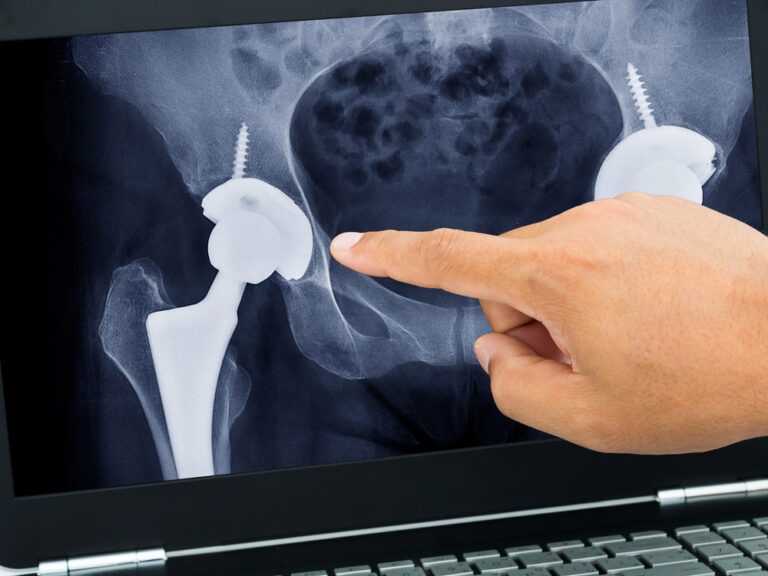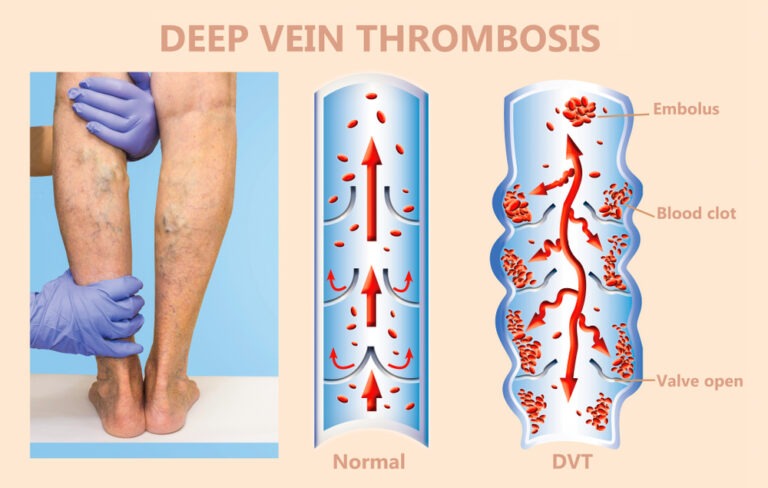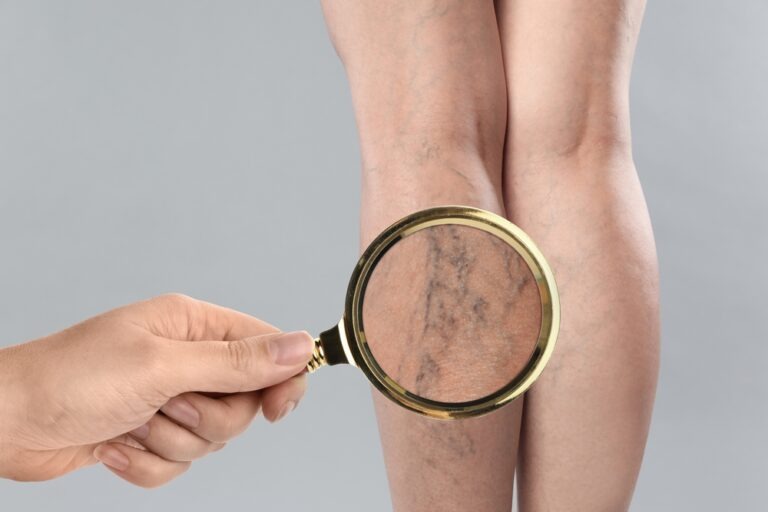Accurate Diagnosis of LBP Diseases :
If you have a LBP that increases gradually with the time you have to visit a specialized doctor to take the medical history and to do the clinical physical examination to you.
If your doctor notices that you have some severe signs and symptoms then he will recommend making medical tests and investigations like X-ray or MRI to rule out any harsh underlying conditions like (Fractures of vertebrae, cancer, infections or any inflammatory disease like e.g.ankylosing spondylitis) or to rule out any specific underlying conditions like (Disc herniation, radiculopathy, osteoarthritis, spinal stenosis)
So, if the doctor has ruled out that you have not a serious underlying cause of your low back pain. This can typically mean that you have non-specific LBP due to a non-specific underlying cause like muscle spasm, strain, sprain…etc.
The non-specific LBP represents about 90% of the population who presented to the primary treatment. Research showed that out of numerous causes of LBP, approximately 90% of them are due to mechanical or musculoskeletal causes, and 75% of them have a non-specific reason identified. Rarely, systemic causes like fibromyalgia or psychological causes result in LBP.
LBP could be classified according to signs and symptoms. Pain that doesn’t change with movement or changing positions and localized to the back without radiation to the buttocks and thighs is classified as non-specific. This is the most common presentation of the LBP cases.
But if pain localized in the lower back is radiated to one or both legs beyond the knee joint and is changeable with different movements and positions. Then the pain is of radicular classification, which is about 7% of LBP cases.
In some LBP cases, which has one red flag like trauma, infection, fever, cancer, significant muscle weakness, unexplained weight loss. These symptoms show that there is a severe underlying cause, and it is classified as urgent, or this is a LBP disease that needs special attention.
The presence of the red flag in certain LBP cases indicates that these cases need further investigations, but that doesn’t mean that all of these cases has a severe problem.
Several LBP cases, ruled out from any serious issues, have non-specific causes and are treated symptomatically without an exact underlying cause. CT and MRI tests are crucial to be done in cases that have red flags or situations that have neurological symptoms. It can equally involve the diseases when these symptoms are not resolved or get worsening with the time.
Unfortunately, the medical history and physical examination is not a solution for every medical problem. Because sometimes, this medical history and physical exam don’t suggest that the person has a grave problem. That typically indicates using X-ray, CT, or MRI investigations are useless. A study showed that fewer than 1% of imaging tests can identify the cause of the problem. Straight leg raising clinical examination is one of the most clinical trials to identify disc herniation. In other cases, Lumbar provocative discography may be useful to identify a particular disc leading to pain in those with chronic high levels of LBP.
But in some procedures, using nerve blocks are useful to identify the specific source of pain. As some evidence supports the use of facet joint injections, transforaminal epidural injections, and sacroiliac injections as diagnostic tests. Most of the other physical examinations, such as assessment of scoliosis, muscle weakness or wasting, and impaired reflexes, are of little use.
Main Classes of LBP
Class 1 LBP – According to the Nature of the Underlying Cause:
There are three types of LBP for your concern, Which are the:
1) Mechanical back pain:
The pain due to non-specific conditions like back muscle strains, sprains, disc herniation.
2) Non-mechanical back pain:
The pain due to inflammatory diseases like ankylosing spondylitis, Tumors, and Infection.
3) Referred back pain:
The pain because of diseases of internal organs like kidney stones and infections, aortic aneurysm, gallbladder diseases.
Class 2 LBP – According to the Underlying Disease
We have divided LBP into a different general rating based on underlying diseases or conditions.
1) Musculoskeletal causes (mechanical causes)
- Strains,
- Muscles spasm
- Disc herniation, spinal stenosis, compression fractures, osteoarthritis
2) Inflammatory conditions
- Ankylosing spondylitis
- Inflammatory bowel diseases
- Reactive arthritis
- Psoriatic arthritis
3) Malignancy:
Malignancies like cancer of bones, lungs, and breast.
- Bone metastasis of lung, breast, prostate, thyroid…etc
4) Infectious:
Infections with osteomyelitis.
- osteomyelitis; abscess
Class 3 LBP – According to the Duration of pain
This can be divided into three types, as described earlier in this article.
1) Acute (aching last up to 6 weeks)
2) Sub-chronic or known as a sub-acute LBP (pain last from 6-12 weeks)
3) Chronic (pain last for more than 12 weeks)










